Clear, 74° F
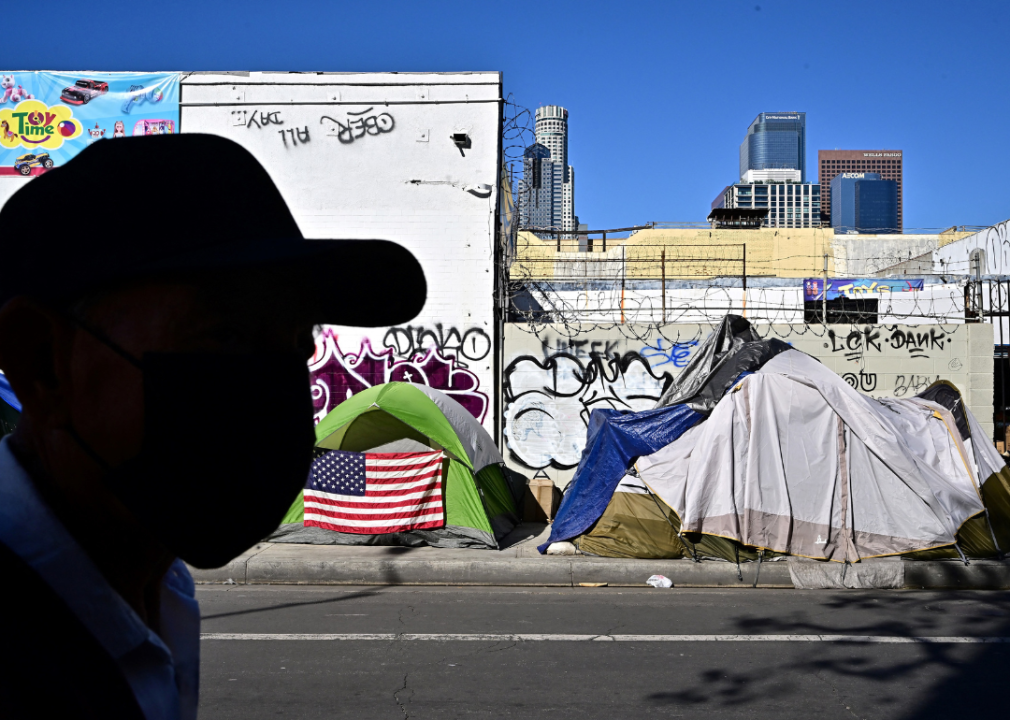
Americans' health care experiences are as varied as their backgrounds. For some, their income, housing, transportation, and other factors that shape their everyday lives can be obstacles to accessing much-needed health care.
However, recent changes to federal health care policies could eliminate some of these barriers. The federal agency over Medicaid provides health care to more than 76 million adults and children, some of whom may benefit from new programs being enacted in several states to meet their unique socioeconomic needs.
Foothold Technology analyzed resources from the Centers for Medicare & Medicaid Services, or CMS, and KFF, as well as plans from state health departments, to illustrate how states are implementing new guidance on addressing social conditions inextricably tied to health, known as health-related social needs, within their communities.
HRSNs are the supports needed to overcome what are known as social determinants of health, or the nonmedical factors that impact health outcomes and care. The World Health Organization defines SDH as "the conditions in which people are born, grow, live, work and age." SDH came to light most recently when the COVID-19 pandemic arrived in the U.S., highlighting how income, working conditions, and access to nutritious foods—or lack thereof—can affect public health in a time of crisis.
Black, Hispanic, and Indigenous communities were disproportionately impacted by the pandemic for various reasons that didn't stem from the virus itself. Decades of being underserved by health care systems, food insecurity, overrepresentation in customer-facing service jobs, as well as the chronic stress of racism and earning lower wages on average than their white counterparts, made many people of color more vulnerable to the virus.
Socioeconomic factors can influence as much as a 50% variation in health outcomes for Americans, meaning improving underlying issues like housing instability could be half the battle in helping someone living with diabetes live a longer, healthier life, for example. In recent years, the federal government has started to adopt wide-ranging responses to address those issues, including through new guidance from the CMS, with the potential to impact more than tens of millions of people.
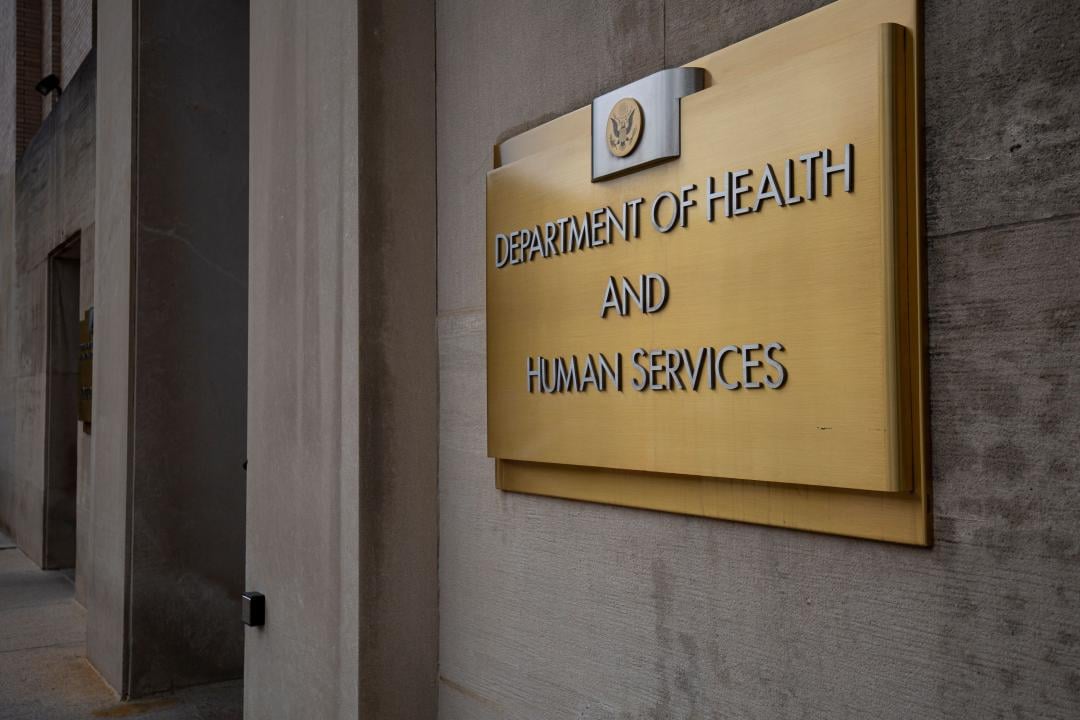
Expanding its focus beyond illness and disease alone, the U.S. health care system is lurching toward diagnosing and addressing social risk factors among Medicaid beneficiaries. Increasingly, programs are building out services to address underlying risks like financial strain, housing instability, food insecurity, limited English proficiency, and a lack of transportation, all of which can contribute to poor physical, mental, and behavioral health outcomes.
The Department of Health & Human Services issued its most recent call to action for health care professionals nationwide last year, encouraging them to partner with community organizations to address those HRSNs. This comes with a raft of new policies and guidance for CMS and health care organizations following decades of research into the impact of socioeconomic conditions on health.
Research on the effects of socioeconomic factors on health outcomes began in the 1960s. Still, it was not until 2010 that the WHO released a framework to help further health equity for people from all backgrounds through government policy.
In 2021, the CMS sent letters to state health agencies informing them of ways they could potentially use Medicaid and Children's Health Insurance Program funding to address certain social determinants of health. By November 2023, the agency had approved plans from several states to begin providing services to meet HRSNs. Many of them include providing housing support, nutrition, and transportation services.
They're focused on saving federal money and improving health overall by consistently ensuring vulnerable populations use Medicaid care to prevent more expensive acute care and emergency services down the road.
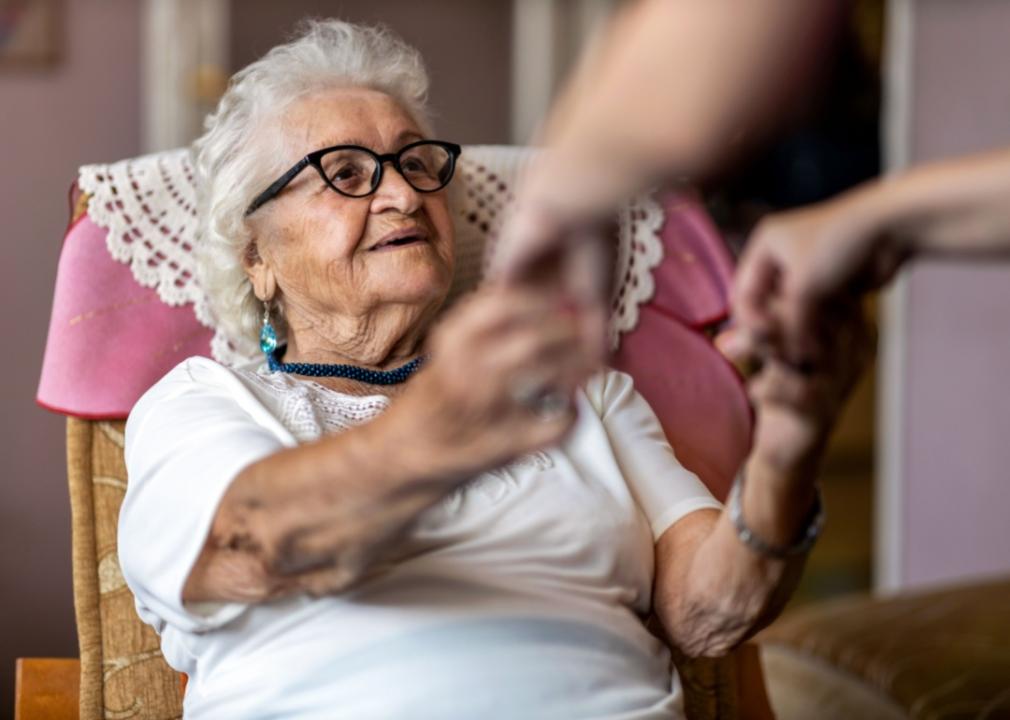
In its most recent plan to address HRSNs in Medicaid and Medicare services, California proposes providing assistance for people in nursing homes and those exiting the criminal justice system and reentering public life, among other things.
It also provides medically tailored meals for those transitioning from nursing homes into new settings and funds medicine refrigeration for folks transitioning from one type of housing to another so they don't lapse in their treatment. The approved plan also proposes processes to enroll those released from the criminal justice system in Medicaid and Medicare.

Oregon's latest approved plan for CMS funding aims to provide continuous coverage for young people and improve health equity for better health outcomes throughout the state.
It proposes focusing on underserved populations, including children aging out of foster care, people experiencing homelessness, and adolescents approaching adulthood with complex health care needs.
It also aims to tackle support for stronger, more stable housing for vulnerable populations. It will allow funding to cover up to six months of temporary housing for people transitioning out of institutional care, whether that's an emergency shelter or a correctional facility. It also allows for one-time coverage of moving costs, deposits, and medically necessary air conditioners, heaters, humidifiers, and similar devices.

Like other states, Massachusetts aims to assist vulnerable populations by supporting housing, nutrition, and reduced health care costs in its approved proposal.
It also plans to spend on the infrastructure required to provide support like behavioral health counseling, including a proposal to allocate money for student loan repayment for people who become behavioral health specialists, family nurse practitioners, and primary care providers.
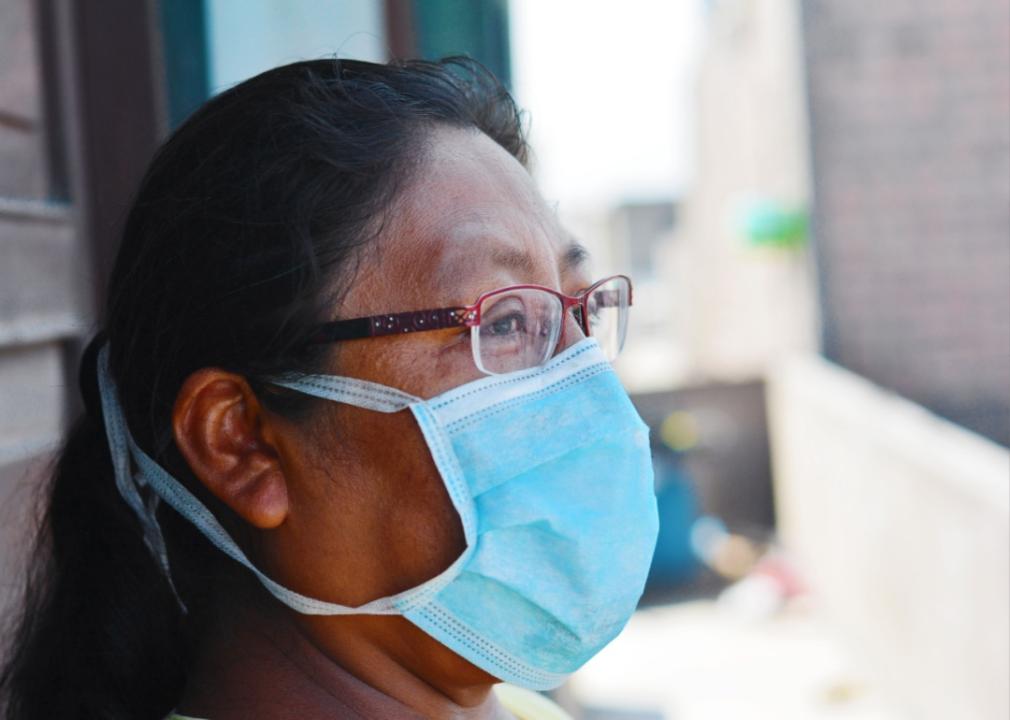
In Arizona, a new effort aims to keep people moving between housing situations enrolled in Medicaid so that they can receive stable care. Recently approved proposals to provide support for HRSNs also include an effort to expand the dental services provided to Indigenous communities. Approximately 1 in 20 Arizonans identify as Indigenous, and a large portion of the state is designated as federally recognized Native Nations.
Native American populations experience poverty at nearly twice the rate of Americans overall, according to Census Bureau data. Community advocates, including the Native American Connections, have called for increased federal funding for health care for Native Americans to help provide culturally appropriate treatment for conditions like substance use disorders and mental health.

Arkansas' approved plan focuses on providing additional services to people with substance use disorders and serious mental illness living in rural parts of the state, as well as veterans at risk for homelessness and young adults who have been a part of the juvenile justice system and pregnant people with high-risk pregnancies. It's doing so by setting up programs called Life360 HOMEs at existing, qualifying Medicaid hospitals.
Arkansas is among the many southern states where rural hospitals have closed in droves, limiting access to much-needed care for those in surrounding communities.
Like Oregon, Arkansas provides tenants' rights education and the potential to cover moving costs and deposits for a housing unit for at-risk patients.
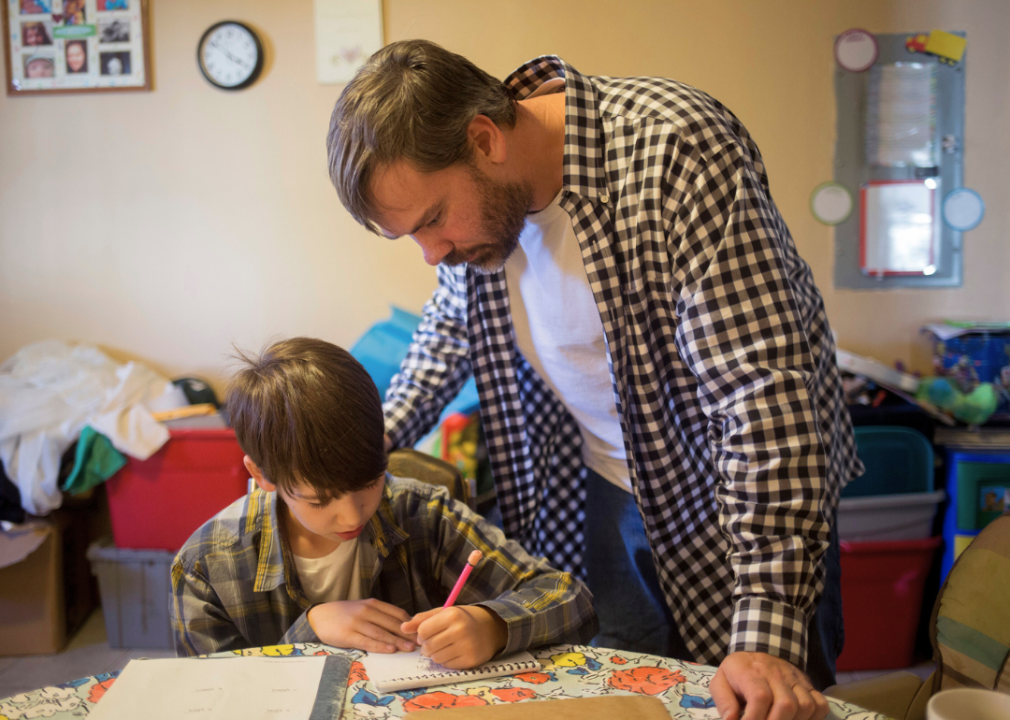
New York's expanded plan involves significant commitments aimed at improving the health and well-being of its residents. This includes initiatives to connect people with housing and nutrition services, marking a substantial state investment in addressing health-related social needs.
The expansion also allows New York to allocate substantial funds to other Medicaid initiatives. These efforts include establishing stable funding for hospitals that serve underserved communities, enhancing comprehensive care for people with substance use disorders, and making lasting investments in the health care workforce statewide.
The initiatives also promote closer collaboration among primary care providers, community organizations, and behavioral health experts. These improvements benefit the state's adults, children, pregnant people, and individuals with disabilities who are living in low-income households and are largely covered by Medicaid—and are more likely to face barriers to continuing care.
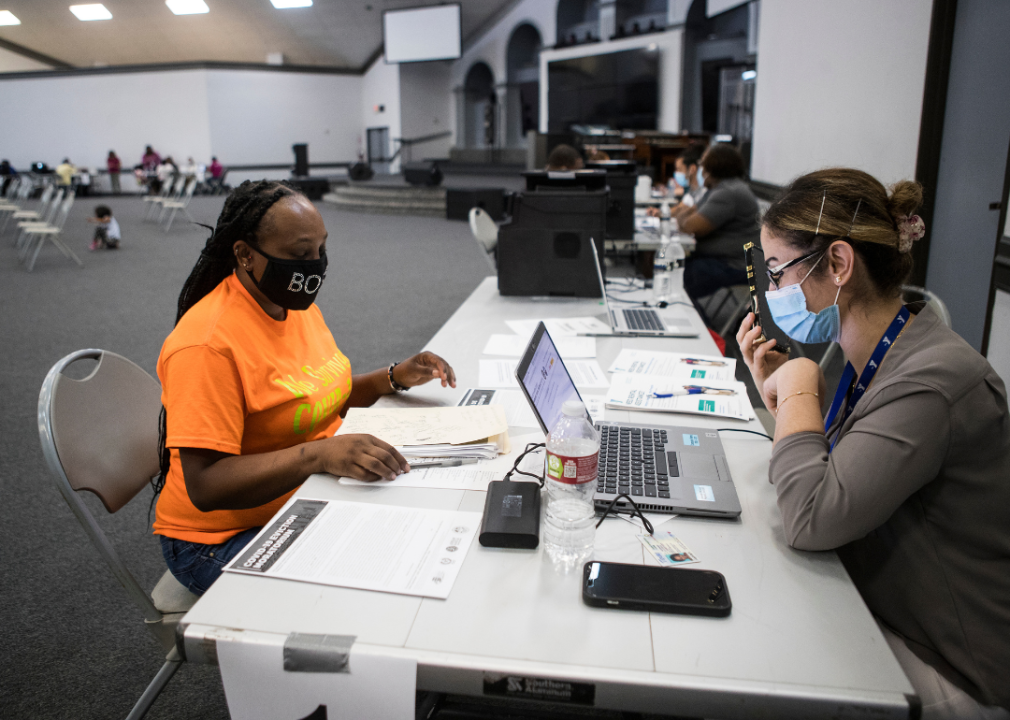
Under New Jersey's plan, the state will provide meal support in various ways to long-term care patients transitioning from institutional care back into communities and those with diabetes or at risk of diabetes, including the one-time cost of stocking their pantry. Specifically, the proposal will provide medically tailored meals for pregnant people with either preexisting diabetes or gestational diabetes, a form of the disease that can occur during pregnancy.
It will also seek to tackle housing instability for Medicaid recipients by contracting with local organizations to assist them in applying for housing aid or receiving legal assistance to prevent eviction.
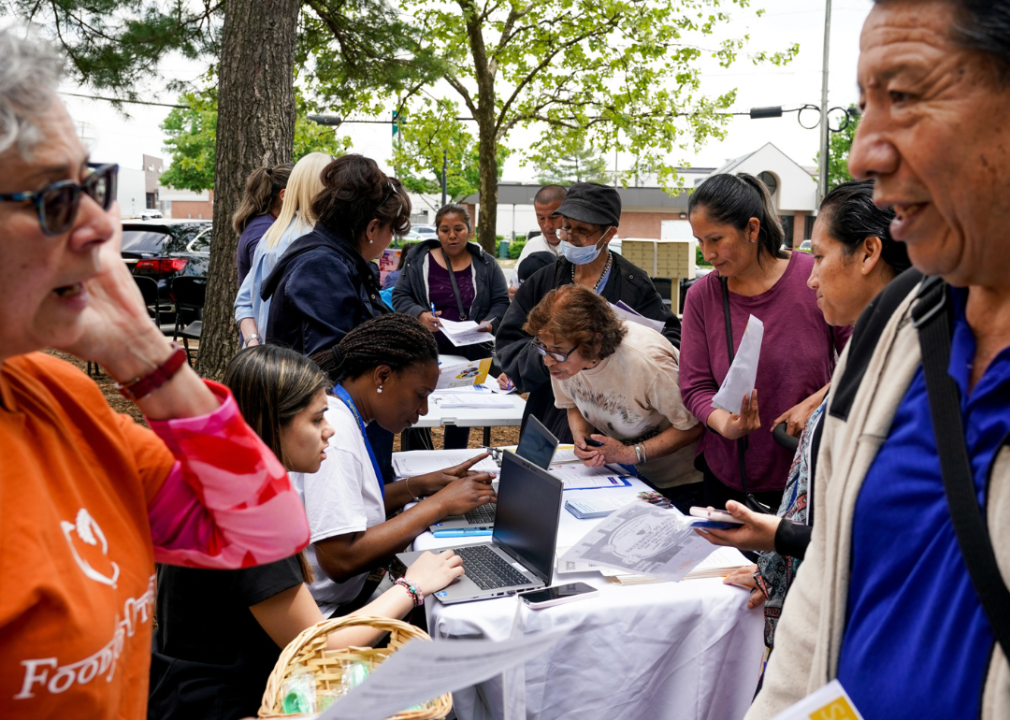
The state of Washington's plan similarly focuses on housing, nutrition, and case management. Case management refers to the services health department workers and contractors provide when connecting people with health care, referring them to specialized services, and assisting with nonmedical factors impacting care, like finances.
The plan establishes processes to work with people in the criminal justice system to screen for mental and behavioral health disorders and get enrolled in Medicaid 1.5 months before their expected release. It also establishes specialized centers directed at caregivers and those who have been found misusing substances like alcohol in public. These centers would allow caregivers to get a break from care. At the same time, workers continued providing the usual level of care to the patient, and so-called stabilization centers would provide those misusing substances with a 24-hour space to get sober in a supportive environment.
Story editing by Alizah Salario. Additional editing by Kelly Glass. Copy editing by Paris Close. Photo selection by Lacy Kerrick.
This story originally appeared on Foothold Technology and was produced and distributed in partnership with Stacker Studio.